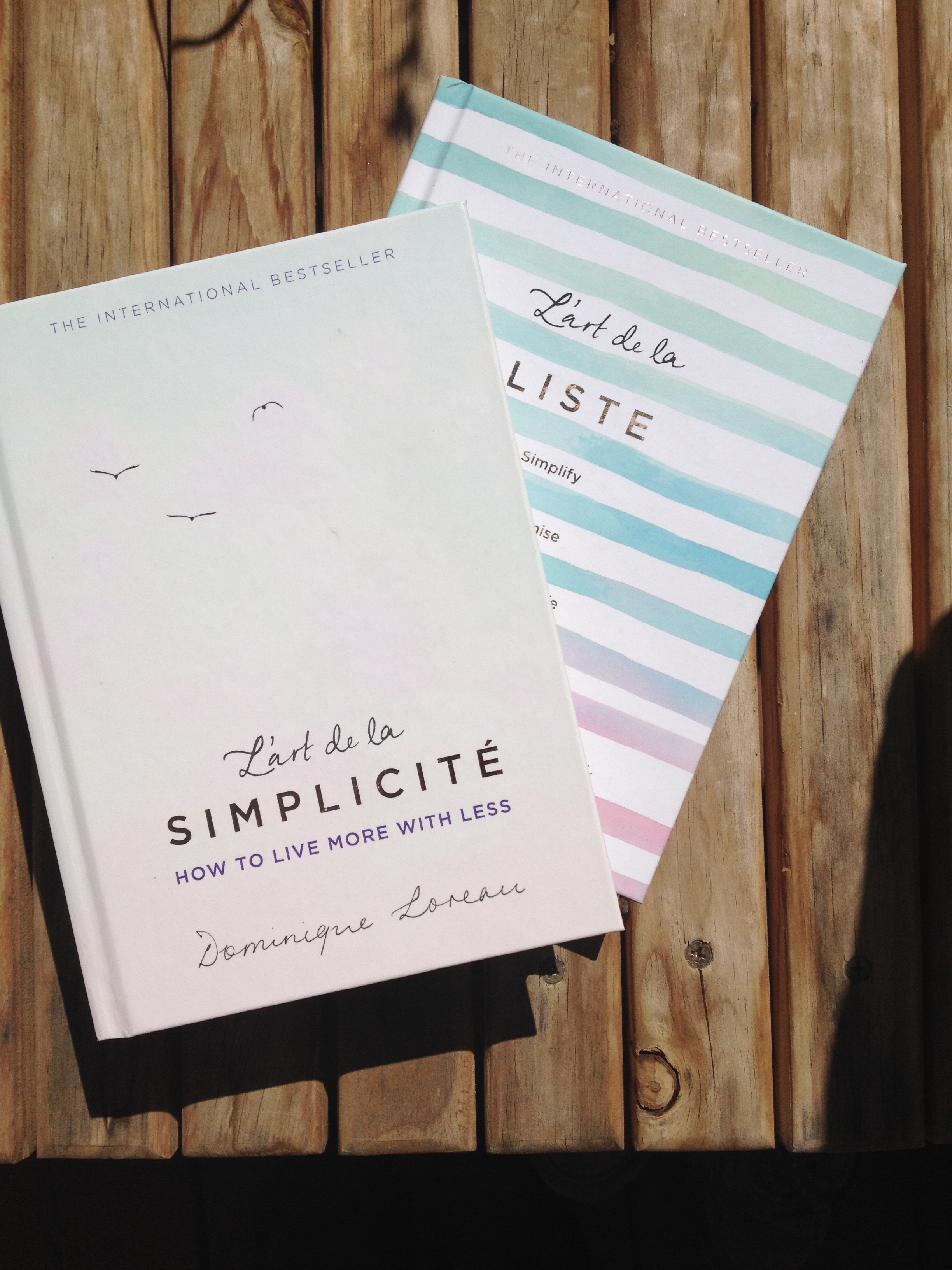 That warm glow of excitement and satisfaction
That warm glow of excitement and satisfaction
It’s been a while since my last blog post and I make no apology. I don’t write them for click-bait – they’re for contemplation and the odd laugh. I’ve been working – writing non-fiction – and, of course, reading. One thing I read expresses precisely my situation about books to be read. New Yorker staff writer Katy Waldman admitted in that journal (4 December 2018) that she was ‘criminally behind on the books I want to read, and my job consists of reading books, so I can only imagine what most readers feel. … The deficit grows by the hour.’
Judging by the towering pile of books on my bedside table, and probably on yours, we know exactly what she means.
I depend on the library a lot for my reading but when I buy books I get a warm, happy glow of excitement and satisfaction, It’s because what I’ve bought is time. I won’t have to return them to the library before I’ve finished them. I can even delay starting them while I finish my library books.
But it’s a trap!
The trap is that the bought books sit on a shelf unopened while I try to finish the continuous supply of fascinating library books that come from my past requests and reservations. It’s possible that I’ll never get to those bought books!
One book I did buy recently, at the wonderful Potts Point Bookshop in Sydney – 14 Macleay Street, Potts Point – or https://www.pottspointbookshopblog.com
is Dominique Loreau’s L’art de la Liste: Simplify, organise, enrich your life (Trapeze, 2018). Its neat, squat format was irresistible and I began it immediately.
Take the weight off your mind
Always looking for new ways to simplify my life, I’m a bit of a ‘listomaniac’ too and this gorgeous little book reinforces that instinct. The author reminds us that lists are a tool for raising self-awareness. They clarify our thoughts and take the weight off our mind.
She writes that they will give us lucidity and ease in everyday life and they’re both enriching and cleansing. Making lists is a chance to refurbish our head and redecorate our life. Lists can be ‘recipes for happiness’ and she gives examples of topics to get started.
Less is more
I also loved the author’s previous book: L’art de la Simplicité. I bought that one at The Curatoreum, at Canberra’s New Acton and other locations – https://www.facebook.com/The-Curatoreum
This is another fabulous shop with friendly staff and brilliant for buying unusual books and also beautifully designed gifts.
I’ve always believed that less is more and been more interested in gaining experiences rather than possessions. L’art de la Simplicité reinforces all that and its author shares innovative ideas about living a beautiful life.
Her thoughts in both books are deceptively simple, like Zen philosophy or haiku. In both Loreau’s books there is much wisdom from Japan as well as from her native France.
I thought that those gorgeous, graceful Japanese women must know a thing or two about beauty so I was seduced more recently into buying another little book in exactly the same squat, simple format, Ikagai: The Japanese secret to a long and happy life by Hector Garcia and Francesc Miralles.
But I found it banal. And not a single beauty hint in it. It didn’t tell me anything I didn’t know before and it’s not written with any charm. It turns out that Francesc Miralles is a man’s name, not a woman’s as I’d wrongly assumed. There is more Japanese wisdom (and beauty hints) in Dominique Loreau’s books than in this one specifically on the Japanese way of living.
Altering our DNA
It’s good to fill our lives with beauty (on a planet getting uglier by the minute, thanks largely to corporate greed) but we also need to spend some of our precious time protecting ourselves from the dangerous results of that corporate greed. An eye-opening – I might say eye-widening – book I borrowed from the library is Devra Davis’ Disconnect: The truth about cell phone radiation, what the industry has done to hide it, and how to protect your family. Most people are unaware that the radio frequency radiation from mobile phones ‘causes biological impact’.
That’s the way the multi-billion dollar mobile phone industry wants it. The truth is that these waves alter DNA. They splinter strands and release free radicals that cause cancer and profoundly alter the ability of cells to repair themselves.
In simple language Davis tells us what industry has suppressed.
Davis is controversial but it’s hard to tell whether the controversy is genuine or has been manufactured, as with tobacco, sugar and climate change, by the industry whose vast profits are threatened by this information gaining credence. Just in case, and if you don’t have time to read this book, here’s a simple list to keep you safe.
Text when you can, rather than talk. Texting is less harmful.
Use your mobile on speaker-phone or use ear buds.
Don’t keep your phone in a pocket next to your body.
Don’t hold a phone near a child’s or baby’s head.
Davis may genuinely be controversial but why take a risk on brain health? Here’s another relevant article in The Nation, 23 April 2018. There are plenty of others, for and against, on the web.
A more light-hearted post on lists is my ‘Changing lives – making lists and having fun’ from the December 2017 blog.

Leave a Reply